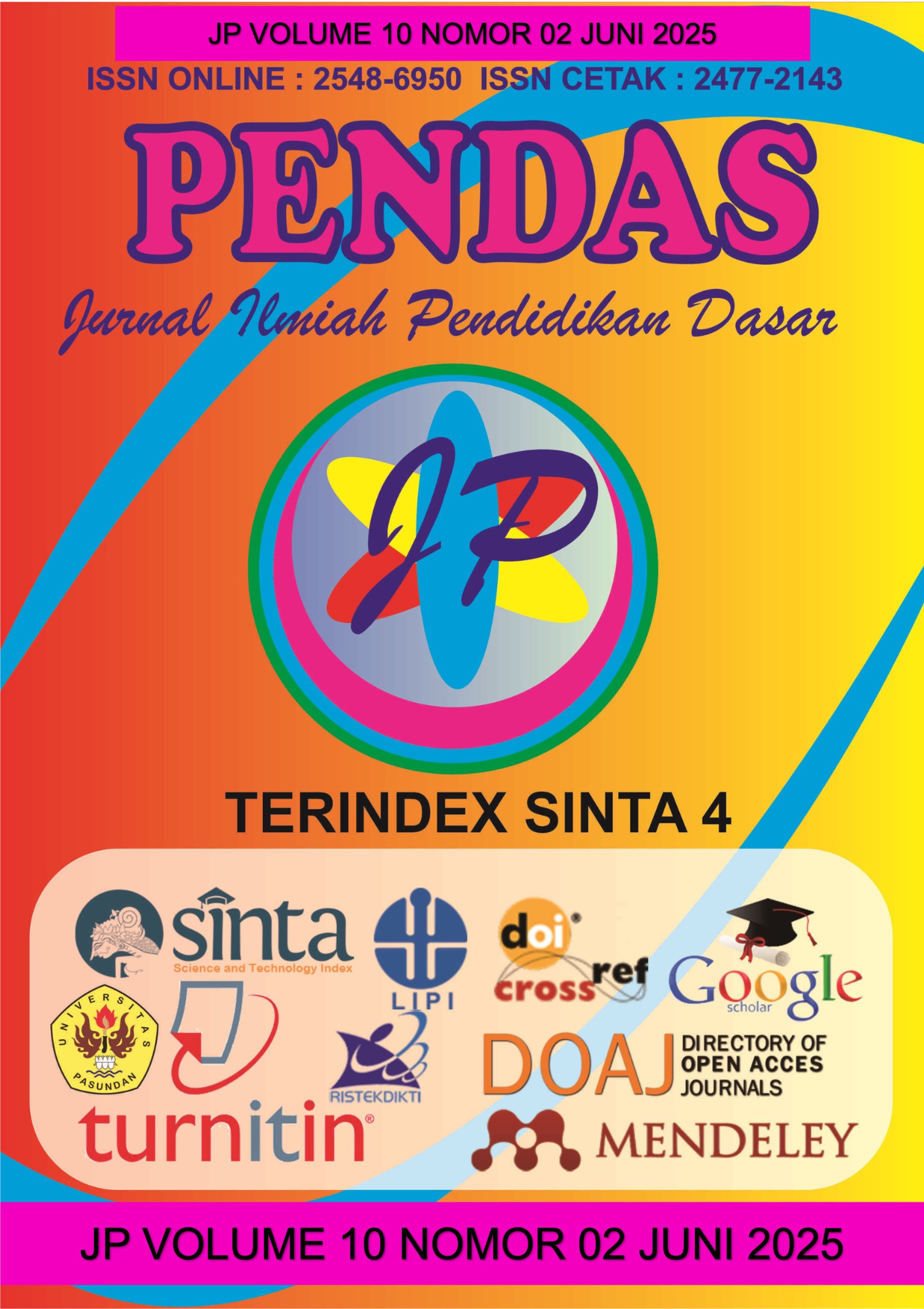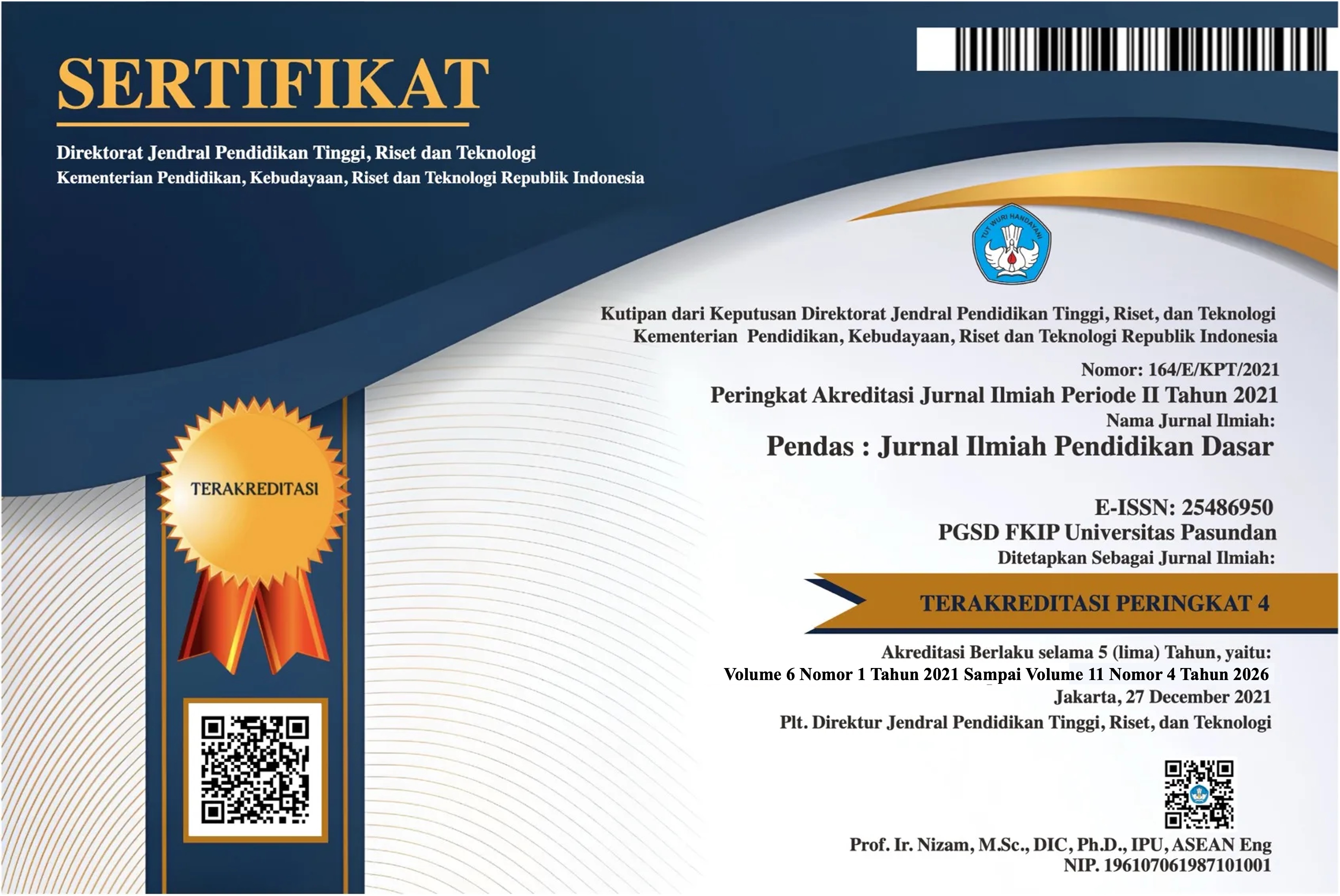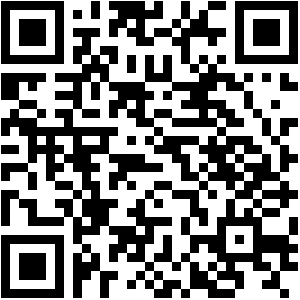PERENCANAAN STRATEGIK PENCEGAHAN KECANDUAN GADGET PADA SISWA SMP (Studi Kasus di SMPN Satu Atap Pasirmunjul)
DOI:
https://doi.org/10.23969/jp.v10i02.25890Keywords:
Strategic Planning, Gadget Addiction, Digital Literacy, Junior High School, Student CharacterAbstract
This study explores the strategic planning model implemented at SMPN Satu Atap Pasirmunjul to prevent gadget addiction among junior high school students. Using a qualitative descriptive approach with case study methods, data were collected through interviews, observations, and document analysis. The research found that the Digital Sehat Program was designed collaboratively between school leaders, teachers, students, and parents. The program includes vision formulation, team structuring, SOP development, student digital ambassadors, educational activities, counseling services, and extracurricular engagement. The strategic planning process is responsive to the local context and prioritizes preventive, educational, and character-building approaches. Although the evaluation system remains basic, the program demonstrates potential for sustainability and replication. The school succeeded in fostering a digital culture that promotes balanced and responsible gadget use among students.
Keywords: Strategic Planning, Gadget Addiction, Digital Literacy, Junior High School, Student Character
Downloads
References
Bandura, A. (2001). Social cognitive theory of mass communication. In Media Psychology, 3(3), 265–299.
Bryson, J. M. (2018). Strategic Planning for Public and Nonprofit Organizations (5th ed.). Jossey-Bass.
Budiman, A., & Barlian, U. C. (2020). Manajemen Strategik. Bandung: Putrana Jaya Mandiri.
Epstein, J. L. (2011). School, Family, and Community Partnerships: Preparing Educators and Improving Schools (2nd ed.). Routledge.
Fullan, M. (2007). The New Meaning of Educational Change (4th ed.). Teachers College Press.
Gürel, E., & Tat, M. (2017). SWOT Analysis: A Theoretical Review. The Journal of International Social Research, 10(51), 994–1006.
Hersey, P., & Blanchard, K. H. (2014). Management of Organizational Behavior (10th ed.). Pearson Education.
Kemendikbud Ristek. (2022). Panduan Pembelajaran Digital Sehat di Sekolah. Jakarta: Kementerian Pendidikan, Kebudayaan, Riset, dan Teknologi.
Kolb, D. A. (1984). Experiential Learning: Experience as the Source of Learning and Development. Prentice Hall.
Miles, M. B., Huberman, A. M., & Saldaña, J. (2014). Qualitative Data Analysis: A Methods Sourcebook (3rd ed.). Sage Publications.
OECD. (2021). Student Well-being: PISA 2021 Assessment and Analytical Framework. OECD Publishing.
Ornstein, A. C., & Hunkins, F. P. (2018). Curriculum: Foundations, Principles, and Issues (7th ed.). Pearson Education.
Santrock, J. W. (2020). Educational Psychology (6th ed.). McGraw-Hill Education.
Saputra, R., & Suparno, S. (2021). Perencanaan Strategik Berbasis SWOT dalam Pengembangan Sekolah. Jurnal Manajemen Pendidikan, 12(1), 45–56.
Scriven, M. (1991). Evaluation Thesaurus (4th ed.). Sage Publications
Suyanto, M. (2006). Manajemen Strategik dalam Pendidikan. Yogyakarta: Andi.
Yin, R. K. (2018). Case Study Research and Applications: Design and Methods (6th ed.). Sage Publications.
Young, K. S. (1998). Internet addiction: The emergence of a new clinical disorder. CyberPsychology & Behavior, 1(3), 237–244.
Downloads
Published
Issue
Section
License
Copyright (c) 2025 Pendas : Jurnal Ilmiah Pendidikan Dasar

This work is licensed under a Creative Commons Attribution 4.0 International License.



















